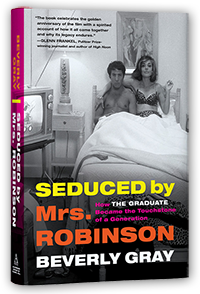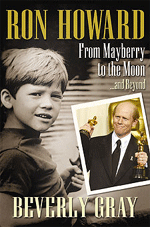My passion for things
Japanese began early, with my mother’s enthusiasm for the exotic and a high
school friendship that continues to this day. When I was accepted for a year’s
study in Tokyo, courtesy of the University of California’s Education Abroad Program,
an uncle with literary tastes gave me a volume of the writings of Lafcadio
Hearn. Hearn was a total original: born in Greece, raised in Ireland, he came
to the U.S. as a journalist and spent formative years in New Orleans, happily
collecting weird tales and basking in the influence of one of his own favorite
authors, Edgar Allan Poe. In 1890 he sailed to Japan and never left, taking a
Japanese name and a Japanese wife. Collecting ancient Japanese folk tales full
of spectral beings and evil spirits, he carefully rendered them in English and
sent them out into the world. In 1964, Japanese filmmaker Masaki Kobayashi
returned the favor, assembling four Hearn tales into a film he named after one
of Hearn’s anthologies, Kwaidan (implying ghost stories).
Kobayashi, a specialist in jidaigeki (period drama) featuring samurai and epic battle scenes, was hailed by critics and audiences worldwide. Kwaidan won him a Special Jury Prize at the 1965 Cannes Film Festival as well as an Oscar nomination for Best Foreign-Language Film. His achievement was to add to Hearn’s bizarre stories a gorgeously stylized visual element, a spine-tingling score by Toru Takemitsu, and (particularly in the third tale) a narrative voice that captures the portentous formality of classical Japanese theatre.
My favorite of the stories
may be the very first, “The Black Hair.” It involves a classic folktale
situation: a man who abandons his sweet, loyal wife to make a more prosperous
marriage elsewhere. While the spurned wife remains behind in their isolated
home, he ventures into the world and soon weds a wealthy heiress who turns out
to be selfish and cold. Once several years have passed, he realizes that,
despite his new affluence, he sorely misses his gentle first wife. That’s when
he returns home, to be joyfully greeted by wife #1, who refuses to rebuke him
in any way. They spend a tender night together . . . but there’s a dark
surprise awaiting him in the morning.
There are also eerie visual delights in “The Woman of the Snow,” in which a bone-chilling blizzard plays a key role. The strong Japanese connection with the natural world plays out in all the tales, even though we’re keenly aware of the artifice involved in the filming process. “Hoichi the Earless” is perhaps the strangest story of all; Kobayashi chooses to precede this tale of a blind monk who’s a musical master on the biwa by dramatizing the historic sea battle of the Genji and Heike clans in almost Kabuki fashion: I’ll long remember the noble ladies of the defeated side ending their lives by plunging into the sea, their heavy garments billowing around them.
The final segment, “In a Cup of Tea,” evolved from a fragment Hearn found embedded in another story. It begins with an author of the Meiji Period (basically 19th century) writing about a an attendant to a local lord in some earlier era. When the attendant pours himself some tea, he sees in the liquid the face of an unknown man. Ultimately he drinks the tea—and all hell breaks loose. The story, which contains a fierce battle between the attendant and some mysterious assailants representing the teacup-man, ends abruptly. The author doesn’t know how to finish it. But Kobayashi does, and the film ends with one final, very creepy, frisson.








No comments:
Post a Comment